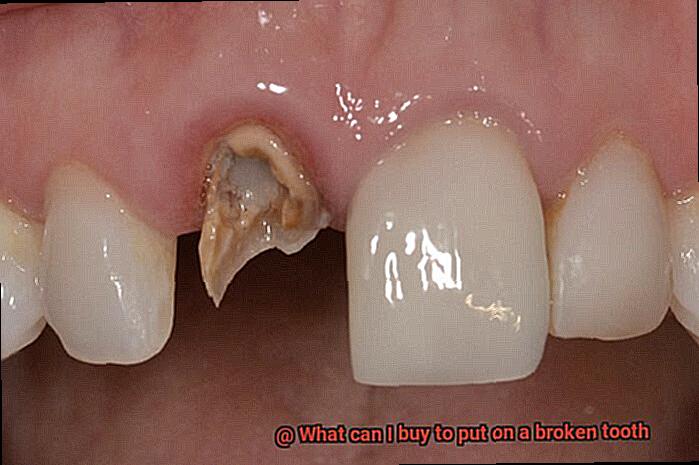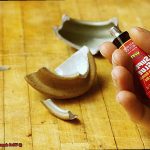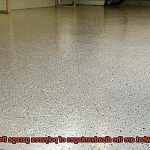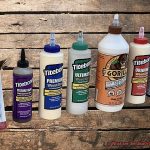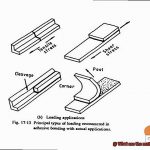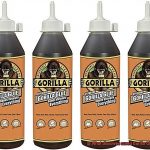It’s not only uncomfortable but can also mess with your confidence and overall oral health. But fear not. There are plenty of options out there to fix that broken tooth and get you back to smiling in no time. In this blog post, we’ll dive into these options, giving you the lowdown on what they entail and helping you make an informed decision.
Dental Filling:
Contents
- 0.1 Dental Filling:
- 0.2 Dental Crown:
- 0.3 Dental Veneers:
- 0.4 Dental Bonding:
- 0.5 Dental Implant:
- 0.6 Conclusion:
- 1 Causes of a Broken Tooth
- 2 Dental Cement: A Temporary Fix
- 3 Dental Wax: Relief from Braces and Other Appliances
- 4 Over-the-Counter Dental Repair Kits
- 5 Professional Dental Care for a Broken Tooth
- 6 Temporary Solutions for a Broken Tooth
- 7 Purchasing Products to Put on a Broken Tooth
- 8 Seeking Advice from a Dentist
- 9 Conclusion
For those small-to-medium-sized cavities or minor fractures, a dental filling is the way to go. Using composite resin or amalgam fillings, your dentist can restore your tooth’s shape and function without breaking the bank. Just keep in mind that fillings might not cut it for more extensive damage.
Dental Crown:
Need something more heavy-duty? Enter the dental crown, aka dental cap. These custom-made restorations fully cover your damaged tooth, providing strength and durability. Made from materials like porcelain or metal alloys, crowns are built to last. However, they can be a bit pricey and require some significant tooth reduction.
Dental Veneers:
If it’s a broken front tooth that’s got you down, veneers are here to save the day. These thin porcelain shells are bonded to the front surface of your tooth, making it look flawless while adding protection too. Keep in mind that veneers might not be suitable for seriously damaged teeth needing more extensive repairs.
Dental Bonding:
Looking for a quick fix for minor chips or fractures? Dental bonding is the answer. With this cost-effective option, your dentist will apply a tooth-colored resin material directly to your damaged tooth, restoring its appearance and function in no time. Just note that bonding might not be as long-lasting as other options and may require future touch-ups.
Dental Implant:
In some cases, a broken tooth is beyond repair and needs to be extracted. But don’t worry, dental implants have got your back. These bad boys consist of a metal post surgically placed in your jawbone, topped off with a natural-looking crown. They’re durable and will have you forgetting you ever had a broken tooth. However, implants can be more time-consuming and expensive compared to other options.
Conclusion:
Now that you know the options available to fix that broken tooth, it’s time to chat with your dentist. They’ll
Causes of a Broken Tooth
Your smile is a precious asset, but when a tooth breaks, it can be both painful and inconvenient. A broken tooth can affect your ability to eat, speak, and confidently show off your smile. In this comprehensive guide, we will explore the various causes of a broken tooth and discuss preventive measures to keep your teeth intact and healthy.
Trauma:
Accidents happen, and trauma is a common cause of a broken tooth. Whether it’s a fall during a sports game or an unexpected blow to the face, the force from an impact can crack, chip, or fracture a tooth in an instant.
Tooth Decay:
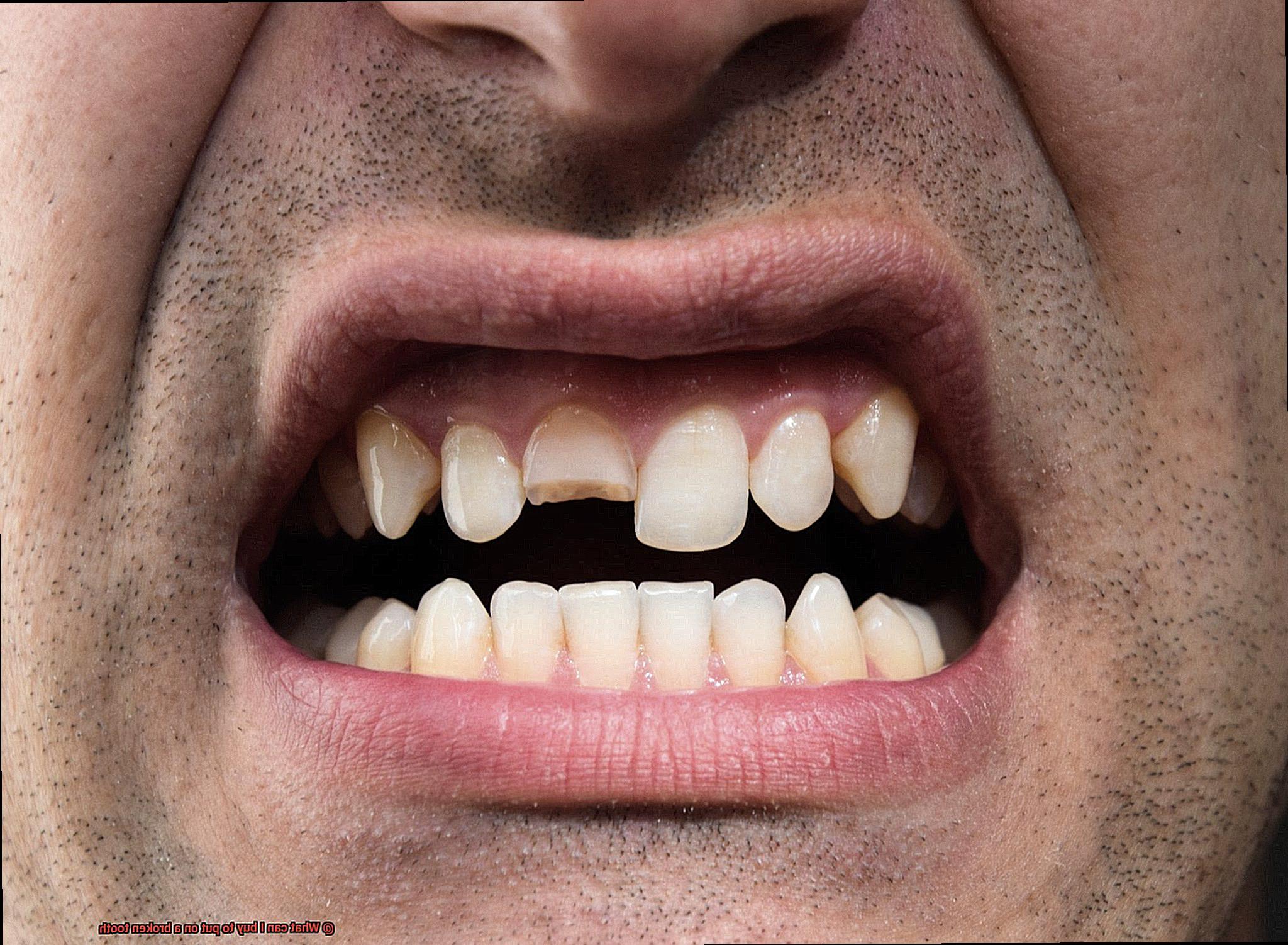
Neglected oral hygiene leads to tooth decay, weakening the tooth structure and making it more prone to breaking. Bacteria erode the protective enamel and dentin layers, leaving the core vulnerable to fractures.
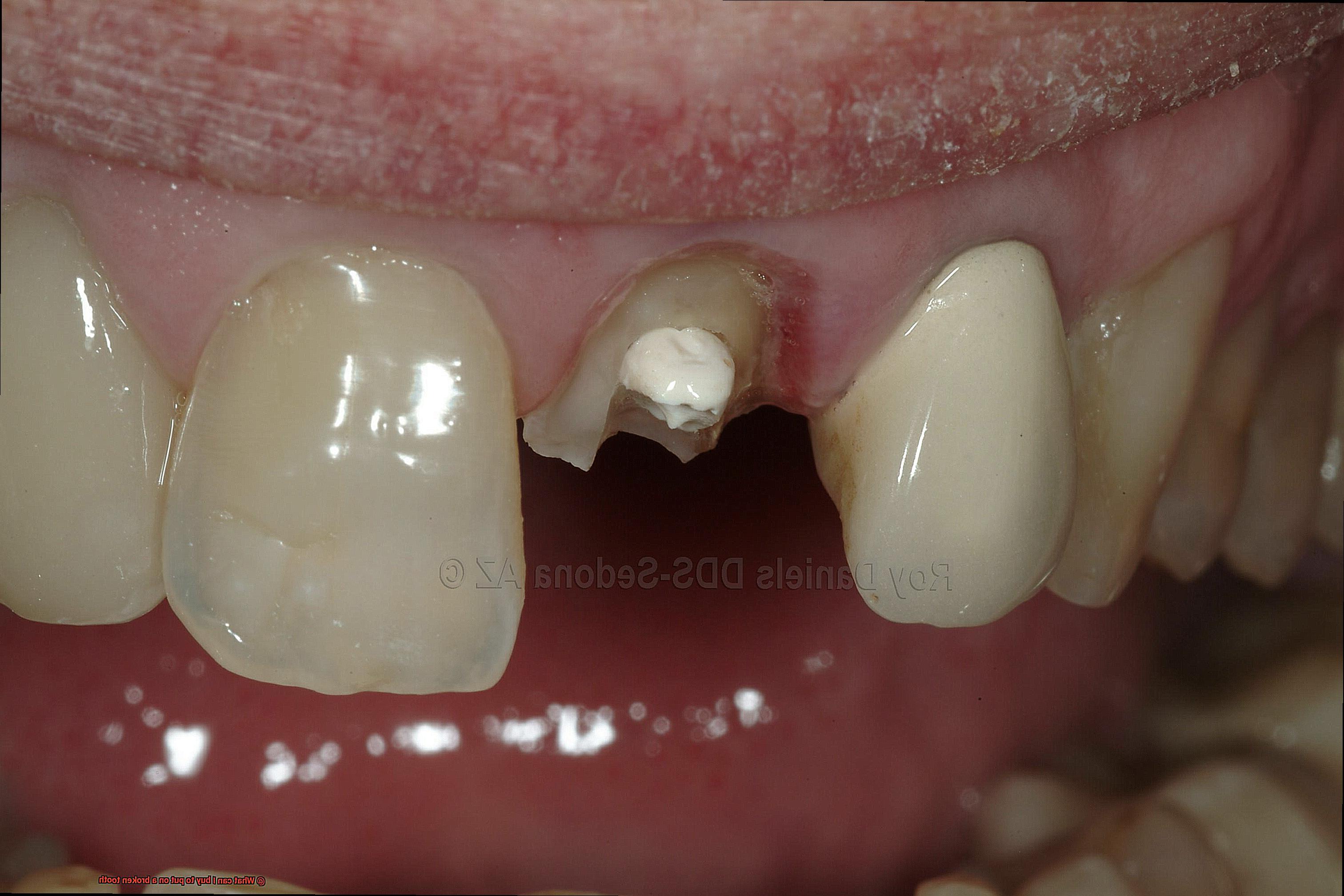
Biting on Hard Objects:
We all have guilty pleasures like chewing on ice or biting into stubborn popcorn kernels. However, these habits exert excessive force on our teeth, causing cracks or fractures that may result in a broken tooth.
Teeth Grinding (Bruxism):
Teeth grinding or clenching, often unconscious during sleep, can gradually wear down tooth enamel and weaken teeth over time. The constant pressure eventually takes its toll and may lead to a broken tooth.
Risk Factors:
Certain factors increase the likelihood of a broken tooth. Weakened enamel, untreated cavities, misaligned teeth, and previous dental work like fillings or crowns all contribute to weakened teeth. Genetic factors or specific medical conditions can also affect the strength of your teeth.
Preventive Measures for Healthy Teeth:
- Wear a mouthguard during sports activities to protect your teeth from trauma.
- Maintain excellent oral hygiene by brushing twice daily and flossing regularly to prevent tooth decay.
- Avoid biting on hard objects like ice, hard candies, or popcorn kernels.
- If you grind your teeth at night, consider wearing a nightguard to protect your teeth.
- Schedule regular dental check-ups and professional cleanings to detect and address any dental issues early on.
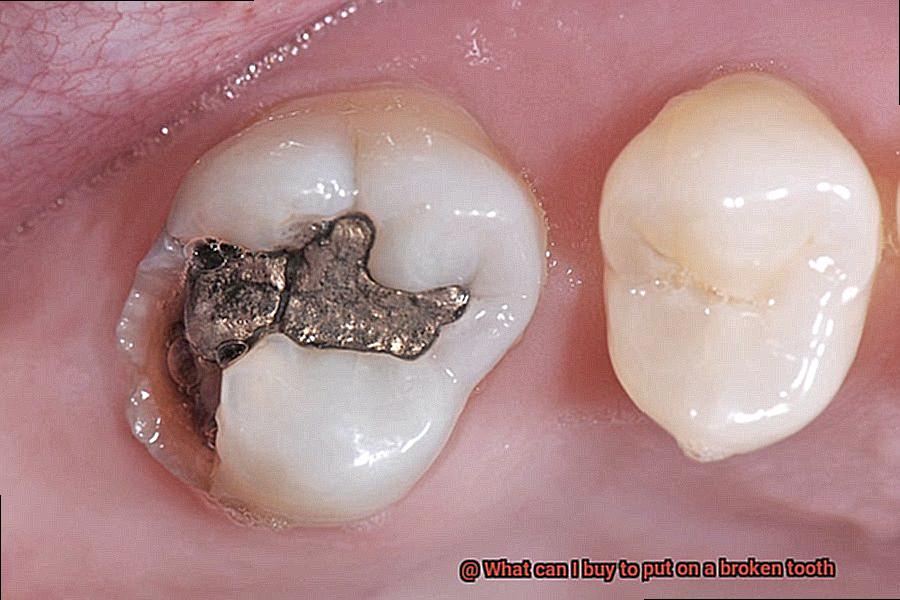
Dental Cement: A Temporary Fix
Immediate Relief:
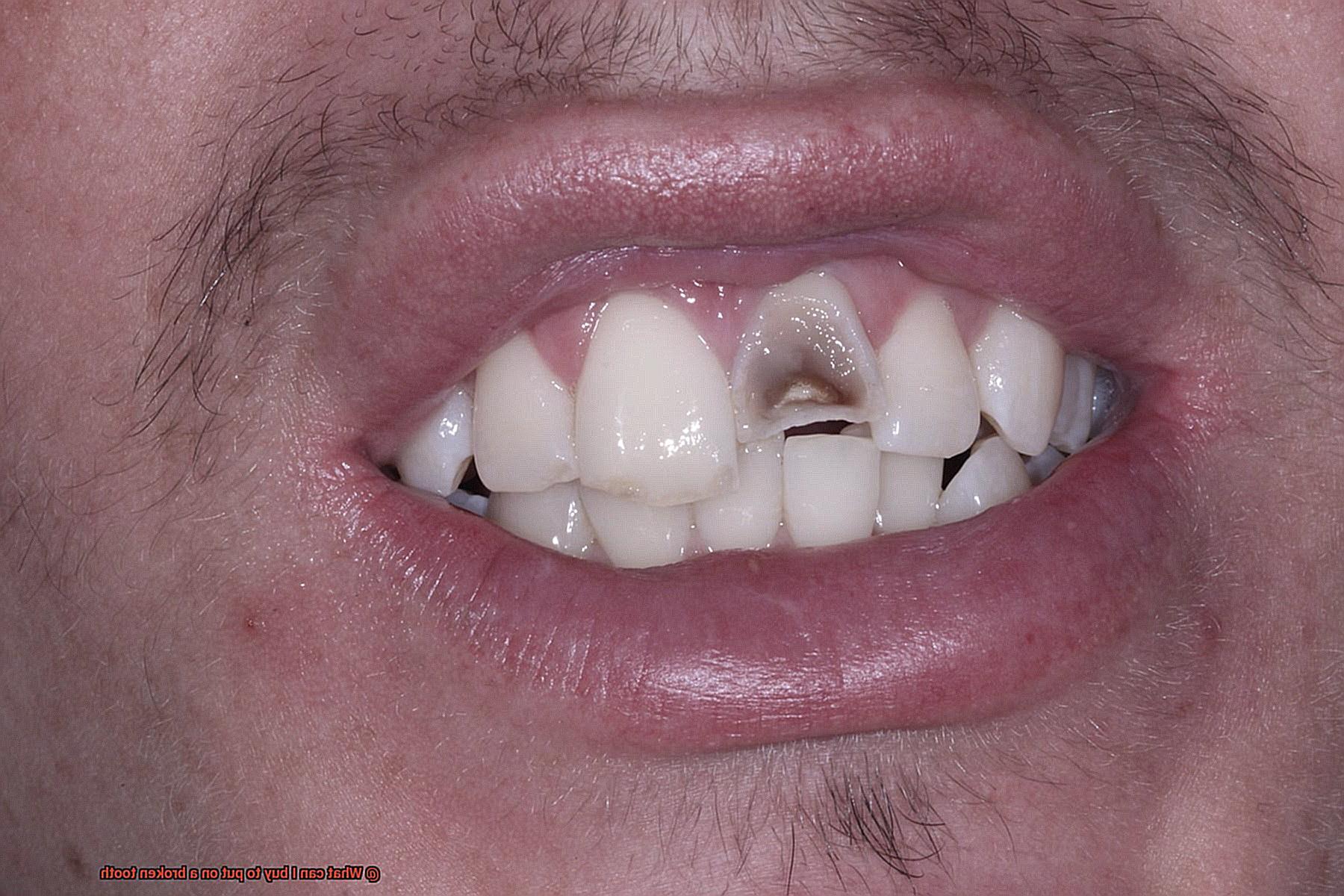
- Dental cement acts as a protective barrier, shielding your broken tooth from further damage and reducing sensitivity.
- Say goodbye to those agonizing twinges as the cement provides instant relief.
Functional Restoration:
- Not only does dental cement provide relief, but it also holds the broken pieces of your tooth together.
- This means you can confidently chow down on your favorite foods without worrying about causing more harm.
- Dental cement restores the functionality of your tooth, allowing you to speak clearly and eat without limitations.
Easy Application:
- Applying dental cement is a breeze. Just follow the instructions provided by the manufacturer.
- Mix the powder and liquid to create a paste-like consistency.
- Apply it directly to the broken tooth using a dental spatula, shaping it to fit your tooth’s contours.
- Voila. You’re good to go with an easy application process.
However, it’s important to remember that dental cement is a temporary fix and not a long-term solution. After applying dental cement, make sure to visit your dentist as soon as possible for proper treatment and to avoid further complications.
Dental Wax: Relief from Braces and Other Appliances
There’s a simple solution that can provide instant relief. Enter dental wax – a soft, pliable material that acts as a protective barrier between your braces and the sensitive tissues of your mouth.
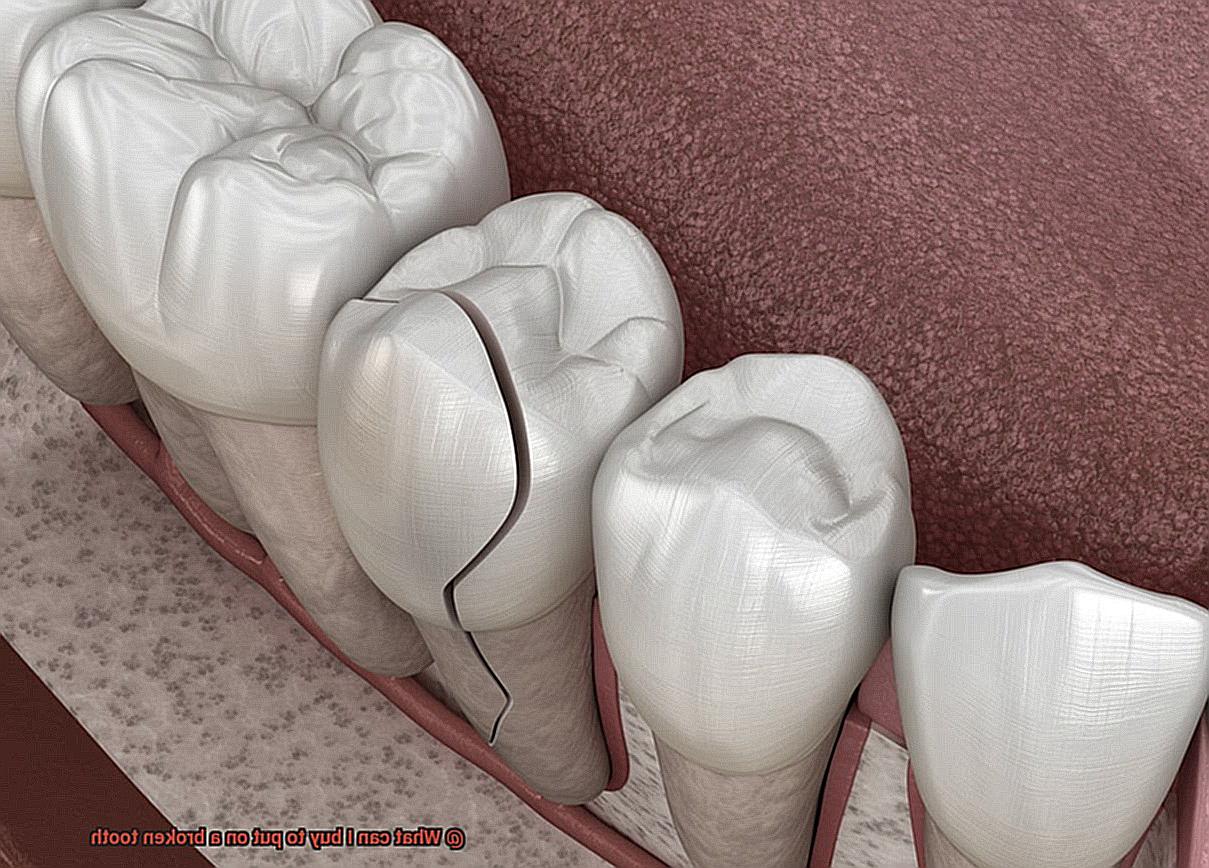
In this article, we’ll explore the world of dental wax, its benefits, and how it can alleviate the discomfort caused by braces and other dental appliances.
What is dental wax?
- Dental wax is a blend of natural waxes, like beeswax, with synthetic materials for easy molding and adherence to teeth.
- It’s a safe and non-toxic material commonly used by orthodontic patients.
How does dental wax work?
- Applied directly to brackets or wires, dental wax creates a smooth barrier that reduces friction and prevents sore spots.
- Its pliable nature allows it to conform easily to the shape of your mouth for optimal comfort.
Who can benefit from dental wax?
- Orthodontic patients wearing braces find relief during the initial adjustment period when brackets and wires cause discomfort.
- Dental wax can also be used with retainers, splints, or aligners that irritate the soft tissues of the mouth.
Where can you find dental wax?
- Over-the-counter dental wax is available at most pharmacies and dental supply stores.
- Look for products designed specifically for orthodontic use – they’re softer and easier to work with.
How to use dental wax effectively:
- Clean your mouth thoroughly before applying the wax.
- Follow the product instructions carefully.
- Replace the wax regularly for cleanliness and effectiveness.
Over-the-Counter Dental Repair Kits
That’s where over-the-counter dental repair kits come in. These readily available kits offer a temporary solution until you can receive professional dental care. In this blog post, we’ll explore the benefits and risks of using these kits, focusing specifically on glue as a dental repair solution.
The Benefits:
- Convenience: Over-the-counter dental repair kits are easily accessible in pharmacies and online stores. They provide a convenient option for emergencies, allowing you to avoid unnecessary pain while waiting for a dental appointment.
- Temporary Relief: The main component of these kits is dental cement or adhesive, which bonds to the tooth structure. It creates a temporary fix, sealing and protecting the damaged tooth until you can visit a dentist.
- Cost-Effective: These kits offer an affordable alternative for those without immediate access to dental insurance or funds. They are generally more affordable than professional treatments, making them an attractive option for temporary relief.
The Risks:
- Temporary Solution: It’s important to remember that these kits are not meant for long-term use. They should only be used as a temporary solution until you can seek professional dental care. Using them for an extended period may lead to further damage or complications.
- Improper Use: Dental repair kits come with detailed instructions that must be followed carefully for proper application and effectiveness. Failing to do so could result in additional harm to the tooth or surrounding tissues.
- Limited Scope: Over-the-counter dental repair kits are best suited for minor issues like broken or chipped teeth. If you have more severe dental problems or underlying conditions, it’s crucial to consult with a dentist for appropriate treatment.
Professional Dental Care for a Broken Tooth
When faced with a broken tooth, seeking professional dental care is of utmost importance to ensure proper treatment and prevent further damage. Dentists have the knowledge, skills, and tools to assess and address the specific needs of a broken tooth, acting as our oral health superheroes.
The first step in professional dental care for a broken tooth is an examination by a dentist. This thorough assessment allows the dentist to evaluate the extent of the damage and determine the most appropriate course of treatment. X-rays may be taken to provide a clearer picture of the broken tooth and its surrounding structures, aiding in diagnosis.
If the break is minor, lucky you. Your dentist might be able to repair it with a dental filling or bonding material. Imagine a tooth-colored resin being carefully applied to the broken area and skillfully shaped to match the natural contours of your tooth. Then, behold the magic. The resin is hardened using a special light, resulting in a restoration that is both strong and durable.
However, if the break is more severe or extends into the root of your tooth, additional treatment may be necessary. Enter the dental crown, a custom-made cap that covers and protects the remaining tooth structure. This crown not only restores the appearance and function of your broken tooth but also provides long-lasting protection.
But let’s not ignore the elephant in the room. In some cases, if the break has caused extensive damage that cannot be repaired, extraction may be necessary. Don’t fret though. Dentists have solutions even for this unfortunate situation. After extraction, options like dental implants or bridges can be considered to replace the missing tooth and restore oral function.
Now you might be thinking, “Can’t I just glue my broken tooth back together?” Well, not so fast. While gluing something back together might work for arts and crafts projects, it’s definitely not an ideal solution for our precious teeth. Glue lacks the strength and durability needed to withstand the forces of chewing and biting. Plus, gluing a broken tooth can hinder a dentist from properly assessing the damage and providing appropriate treatment.
In addition to addressing the broken tooth itself, professional dental care also involves managing any associated pain or discomfort. Dentists may prescribe pain medication or recommend over-the-counter pain relievers to help alleviate any discomfort you may be experiencing. They will also provide instructions on how to care for the broken tooth, including avoiding hard or sticky foods and maintaining good oral hygiene.
Temporary Solutions for a Broken Tooth
We’ve all experienced that gut-wrenching moment when we bite down on something hard and feel a searing pain shoot through our mouth. A broken tooth can be both excruciating and worrisome, but fear not. There are temporary solutions available that can provide immediate relief and safeguard your tooth until you can see a dentist. In this article, we will delve into a variety of temporary solutions, with dental glue emerging as the unsung hero in this tale of dental emergencies.
- Dental Wax: Soft and pliable, dental wax is a versatile material that can be easily molded onto the fractured tooth. It acts as a temporary barrier, shielding the damaged area from further harm or discomfort. Simply procure dental wax from your local pharmacy, knead it until it becomes soft and malleable, and apply it gently to the broken portion of your tooth.
- Temporary Dental Cement: Enter temporary dental cement, readily available at pharmacies. This cement is perfect for filling in the crack in your tooth and holding it together until you can seek professional dental care. Apply a small amount of cement to the broken area and gently press it to ensure a secure hold.
- Over-the-counter Dental Adhesives: For those seeking a quick fix, over-the-counter dental adhesives come in the form of paste or gel and can be used to temporarily bond a fractured tooth. These adhesives offer a robust hold, keeping the broken piece in place until you can obtain professional treatment.
Remember, these temporary solutions are just that – temporary. They are not meant to replace professional dental care. Be sure to schedule an appointment with your dentist as soon as possible to discuss long-term solutions for restoring both the function and appearance of your tooth.
Purchasing Products to Put on a Broken Tooth
Breaking a tooth can be a distressing experience, but fear not. There are products available that can provide temporary relief and protection until you can see a dentist. One of these unsung heroes is dental glue, which can be a lifesaver in a dental emergency. Let’s dive into the world of purchasing products to put on a broken tooth.
First up, we have dental repair kits. These kits, readily available in most drugstores, contain materials like dental cement or dental wax. With detailed instructions included, these kits are designed to be easy to use and effective. Dental wax, for example, is a soft and pliable material that can be molded to cover sharp edges of a broken tooth. It acts as a temporary barrier, preventing further damage or discomfort.
Another option is temporary filling material. Over-the-counter products like temporary dental cement or filling compound can be purchased to fill in the gaps caused by a broken tooth. These materials provide temporary relief until you can see a dentist.
But wait. There’s more. Denture adhesive can also come to the rescue. Applying a small amount of denture adhesive to the broken tooth can help hold it in place and prevent further damage or discomfort.
It’s important to remember that these products are only temporary solutions and should never replace professional dental care. Think of them as your knight in shining armor, protecting your tooth until professional help arrives.
In addition to these products, over-the-counter pain relievers can also be purchased to alleviate any pain or discomfort associated with a broken tooth. However, it’s crucial to understand that pain relief is temporary and does not address the underlying issue.
Remember, these products are not permanent fixes and should never replace professional dental care. Make sure to schedule that dentist appointment as soon as possible to prevent further damage and ensure proper care for your broken tooth.
Seeking Advice from a Dentist
Breaking a tooth can be a painful and distressing experience. However, it is crucial to handle the situation properly to ensure the best outcome for your oral health. While there are temporary solutions available over-the-counter, seeking professional advice from a dentist is essential. In this article, we will explore the reasons why consulting a dentist is crucial when dealing with a broken tooth.
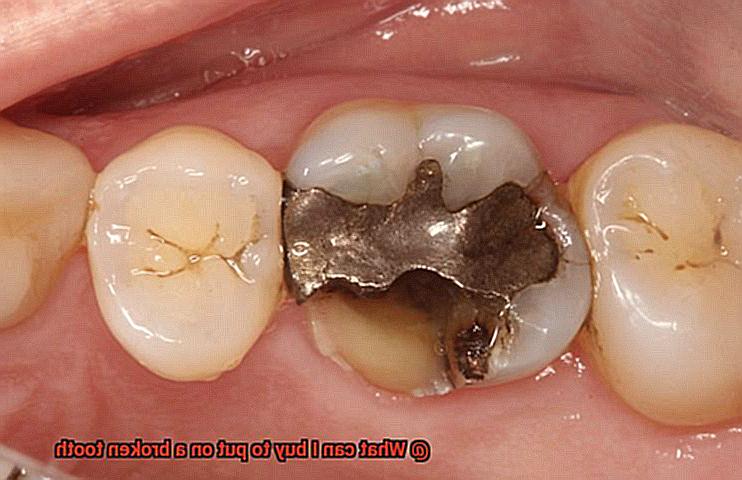
Accurate Assessment:
Dentists possess the expertise and knowledge required to accurately assess the extent of the damage to your broken tooth. Through a thorough examination, which may involve X-rays, they can determine the severity of the break and identify any underlying issues that require attention. This accurate assessment is vital to developing an effective treatment plan.
Tailored Treatment Options:
Based on their assessment, dentists can recommend the most suitable treatment options for your broken tooth. Whether it’s simple bonding or filling for minor fractures or more complex procedures like dental crowns or root canal treatment for severe breaks, dentists provide personalized recommendations to address your specific needs. Their expertise ensures that you receive the most appropriate and effective treatment for your individual situation.
Effective Solutions:
While over-the-counter products like dental cement may provide temporary relief, they are not long-term solutions. Dental cement should only be used as a temporary measure until you can see a dentist. Relying solely on these products without professional guidance can lead to further complications or damage. Seeking advice from a dentist ensures that you receive proper guidance on how to manage your broken tooth and avoid any potential harm.
Preventing Additional Issues:
By seeking advice from a dentist, you can prevent potential complications or damage that may arise from incorrect use of temporary solutions. Dentists ensure the proper application of dental cement and provide guidance on managing pain or discomfort associated with a broken tooth while waiting for treatment. This proactive approach helps prevent further problems and maintains your oral health.
Personalized Care:
Each broken tooth is unique, and consulting a dentist ensures that you receive tailored care. Dentists consider various factors such as the location and severity of the break, your oral health history, and any other relevant considerations when providing recommendations and treatment options. This personalized care guarantees that you receive the most appropriate treatment for your specific situation.
KMIyYPQ4t_E” >
Conclusion
A broken tooth can cause excruciating pain and leave you feeling desperate for relief. But fear not. There are products out there specifically designed to provide temporary solutions until you can see a dentist.
One such product is dental cement – a lifesaver when it comes to holding that pesky broken piece of tooth in place. Acting as a temporary adhesive, this magical substance not only prevents sensitivity but also shields your fragile tooth from further damage.
If you’re worried about those sharp edges cutting into your tongue or cheek, dental wax is your go-to hero. With its easy application and instant relief, it forms a protective barrier over the jagged edges of your broken tooth.
But wait, there’s more. Over-the-counter dental repair kits are readily available, containing all the tools you need for a quick fix. From temporary filling material to dental adhesive, these kits come with detailed instructions to make your at-home repair a breeze.
However, it’s important to remember that these solutions are just temporary fixes – they’re no substitute for professional dental care. So, don’t forget to schedule an appointment with your dentist ASAP. They’ll address the underlying issue and provide the necessary treatment for your broken tooth.
In conclusion, when faced with a broken tooth, taking prompt action is key.

